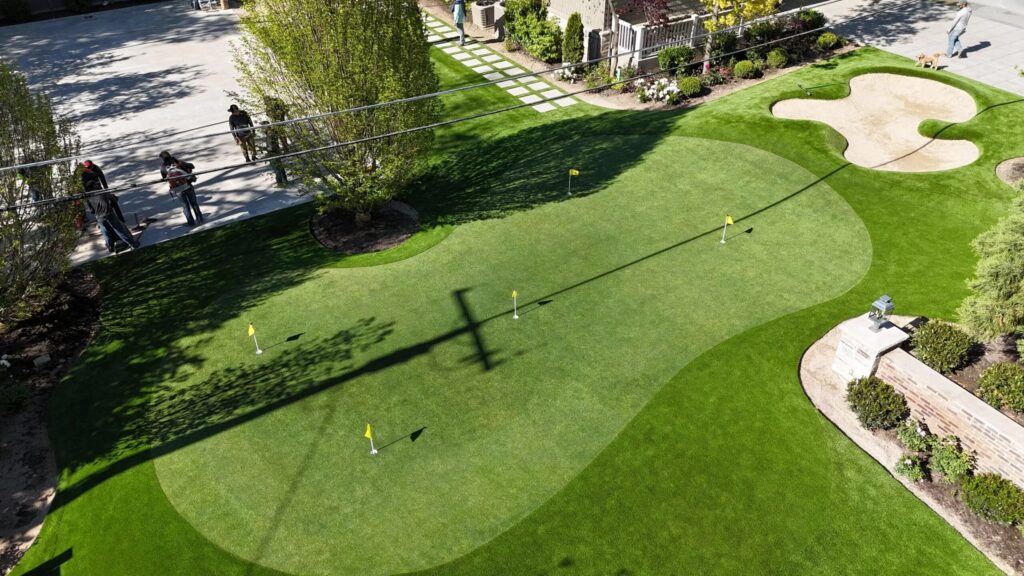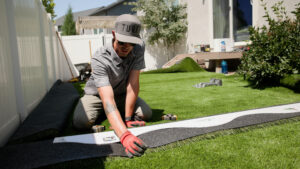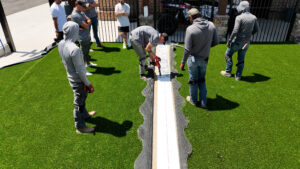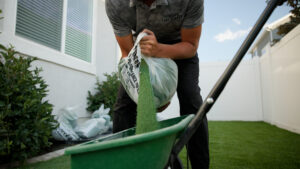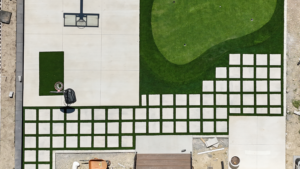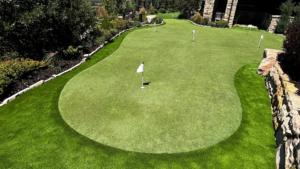Community parks serve as vital gathering spaces where families create memories, children develop friendships, and neighborhoods come together. However, maintaining natural grass in high-traffic public spaces presents ongoing challenges that many municipalities struggle to address. This case study explores how transforming a community park with artificial turf can revolutionize public recreation spaces, drawing inspiration from successful installations like Taylor’s Dream Boundless Playground in Fort Wayne, Indiana.
Why Artificial Turf is a Game-Changer for Public Parks
When examining any community park that used artificial turf, the benefits become immediately apparent. Traditional grass surfaces in public parks face constant wear from heavy foot traffic, sports activities, and weather conditions. Natural grass requires regular watering, fertilizing, mowing, and reseeding—costs that strain municipal budgets year after year.
Taylor’s Dream Boundless Playground demonstrates how a park can use synthetic grass to create an inclusive environment. The astroturf surface allows wheelchair accessibility while providing a clean, safe playing environment for children of all abilities. Unlike traditional mulch or grass surfaces that can become muddy or difficult to navigate, synthetic grass maintains consistent conditions regardless of weather.
The transformation benefits extend beyond accessibility. A park uses turf strategically to reduce maintenance costs, eliminate the need for harmful pesticides and fertilizers, and ensure year-round usability. During drought conditions or water restrictions, artificial turf continues to provide an attractive, functional surface without consuming precious water resources.
The Installation Process: Challenges and Solutions
A playground transformation using turf requires careful planning and professional installation. The process typically begins with site preparation, including proper drainage systems to prevent water accumulation. Quality artificial turf systems incorporate multiple layers: a base layer for stability, drainage materials, and the turf itself with appropriate infill materials.
Installation challenges often include addressing existing irrigation systems, ensuring proper grading for drainage, and coordinating with other playground equipment installations. However, these initial investments pay dividends through reduced long-term maintenance requirements and increased usability.
Professional suppliers like Elite Turf Supply understand the unique requirements of public installations, guiding product selection, installation best practices, and ongoing maintenance protocols to ensure optimal performance.
Community Feedback and Long-Term Benefits
Public reception of artificial turf installations has been overwhelmingly positive when projects are properly executed. Parents appreciate the cleaner environment—no more grass stains or muddy shoes after playground visits. The consistent surface reduces trip hazards and provides better traction for running and playing.
From a municipal perspective, the long-term benefits are substantial:
- Cost Savings: Elimination of mowing, watering, fertilizing, and reseeding expenses can save thousands annually per park.
- Increased Usability: Parks remain functional immediately after rain, during drought conditions, and throughout extreme weather events.
- Safety Improvements: Modern artificial turf systems provide excellent shock absorption and reduce injury risks compared to hard-packed natural surfaces.
- Environmental Benefits: Reduced water consumption, elimination of chemical treatments, and decreased maintenance equipment usage contribute to environmental sustainability.
- Accessibility: As demonstrated at Taylor’s Dream, synthetic surfaces accommodate wheelchairs and mobility devices far better than natural alternatives.
Addressing Common Concerns
Is artificial turf a good choice for public parks?
When properly selected and installed, artificial turf excels in high-traffic public environments. Quality products designed for commercial use withstand intensive activity while maintaining appearance and safety characteristics.
How long does artificial turf last in a public park?
Commercial-grade artificial turf typically lasts 10-15 years in public park applications, with some installations performing well beyond this timeframe with proper maintenance.
Does synthetic grass make playgrounds safer?
Modern artificial turf systems incorporate shock-absorbing underlayments that often exceed safety standards for playground surfacing, particularly when compared to worn natural grass or compacted soil.
The Future of Public Recreation Spaces
As communities seek sustainable, cost-effective solutions for public recreation spaces, artificial turf represents a forward-thinking approach. The success stories like Taylor’s Dream Boundless Playground demonstrate how thoughtful implementation can create inclusive, accessible environments that serve diverse community needs.
For municipalities considering park improvements, partnering with experienced suppliers ensures proper product selection and installation techniques that maximize long-term value. The initial investment in quality artificial turf systems pays dividends through reduced maintenance costs, increased usability, and enhanced community satisfaction.
Transforming a community park with artificial turf isn’t just about changing surfaces—it’s about creating sustainable, inclusive spaces where all community members can gather, play, and thrive together.

